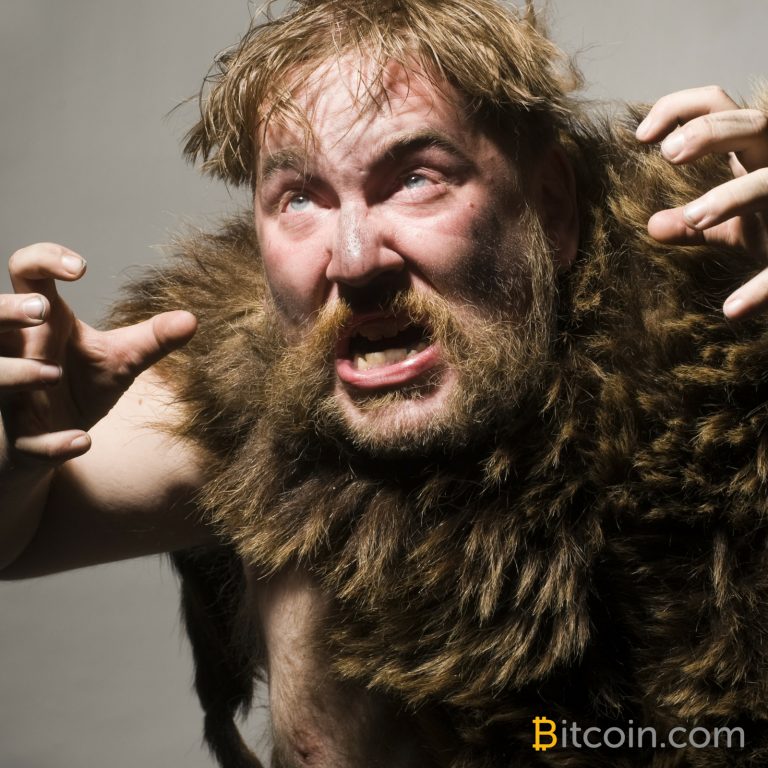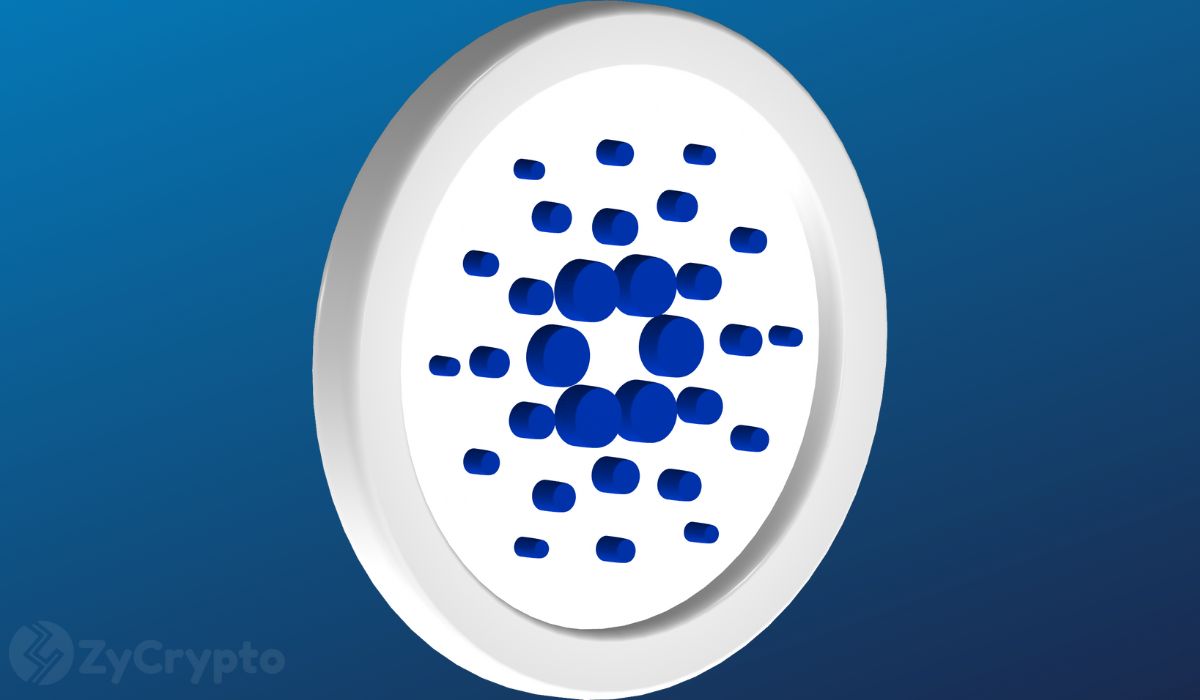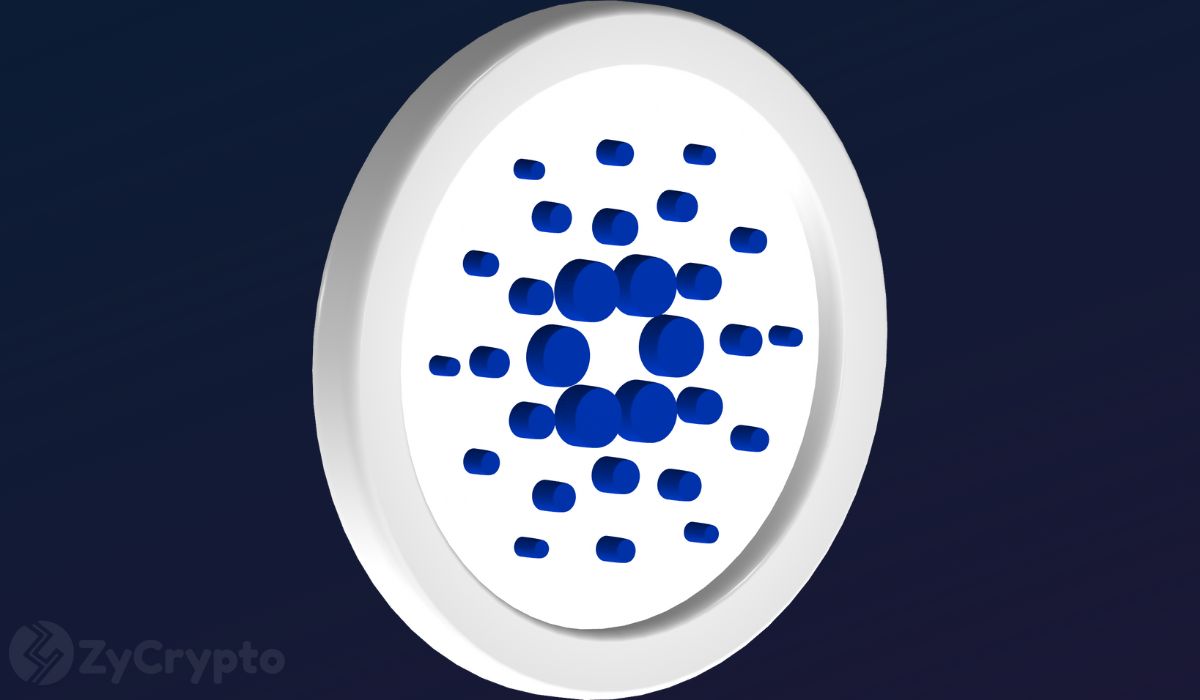2018-7-2 20:43 |
Cryptocurrency exchange Kraken has hit back at Bloomberg and other news outlets over recent coverage of possible Tether manipulation or “wash trading” on its platform.
According to the response by Kraken, the Bloomberg reporter “inexplicably fails to comprehend basic market concepts such as arbitrage, order books and currency pegs.”
The Bloomberg report pointed to possible “wash trading” after finding numerous occurrences of odd trading amounts and instances in which Tether’s price seemed relatively unresponsive to large trades. The findings appeared to “defy” market and economic logic, according to a number of experts.
The Kraken blog post argues against Bloomberg’s report with five key points:
Tether Has Price Stability Due to Arbitrage and DesignKraken explains that traders are aiming to profit from buying and selling within Kraken and across other exchanges, but that Tether (USDT) is unique as a stable coin in that it is backed (according to Tether) by reserves of U.S dollars.
“USDT does not experience the same level of volatility because it is asset-backed. The lack of volatility encourages traders to place bigger orders in the orderbook within a tight range, reflecting their confidence that each USDT is worth ~$1 US dollar.”
The exchange says that price changes are typically very small and invites Bloomberg to test this hypothesis by looking at its order books and making a trade themselves.
“More importantly, small trades and large trades may result in no change or similar changes in price because there is a much larger buy or sell order in the order book that has not been filled,” said Kraken.
Tether on Kraken is a Small Proportion of the MarketKraken, the exchange says, only represents 0.1% of the total daily traded volume of Tether (USDT) and that the price of Tether is, “more likely determined by the billions of USDT traded over markets like BTC/USDT or ETH/USDT on other platforms.”
Manipulation“We understand the significant level of trust our customers place in us to custody their assets and to provide them a safe trading experience, and we would never jeopardize our reputation by engaging in or supporting manipulation on our platform,” said Kraken.
“Is it so hard to believe that an asset-backed stablecoin could trade, well… with so much stability?”
In response to the potential for volume manipulation, Kraken again pointed to the small amount of the total Tether market that Kraken accounts for. On “wash trading” Kraken says, “look elsewhere.”
“That said, it’s not clear what harm could come from wash trading of a pegged asset against its peg. In Kraken’s case, USDT is only traded against its peg, USD, which itself is an explicitly manipulated asset.”
Tether Does Not Present a Solvency Risk to Exchanges“Unless an exchange has made promises to the contrary, they are not accountable to clients for the loss of value of any particular asset.” No matter what the price falls to, Kraken argues, an exchange will pay out the same number of tokens and makes no conversions on a user’s behalf.
An Increase in Total Tether Supply Seems ReasonableFinally, Kraken puts forward the notion that a supply increase of Tether is reasonable given Kraken’s own fiat deposits. Kraken looked at deposits of fiat currency to its exchange and compared them to new Tether issuance. It says it found a positive, reasonable, correlation.
“Given that USDT has been sold through several high-volume exchanges during this time period, we have no reason to believe that the token supply is artificially inflated.”
Kraken also asked the “botter” responsible for the odd, reoccurring incidences of orders for 13076.389 and the answer it received and published was “literally randomly selected.”
The Kraken/Tether versus Bloomberg debate is now raging across social media and news outlets. It remains to be seen whether Bloomberg will answer and if Kraken will respond further.
The post Kraken Hits Back at Bloomberg Over Tether Reports appeared first on UNHASHED.
origin »Tether (USDT) на Currencies.ru
|
|







